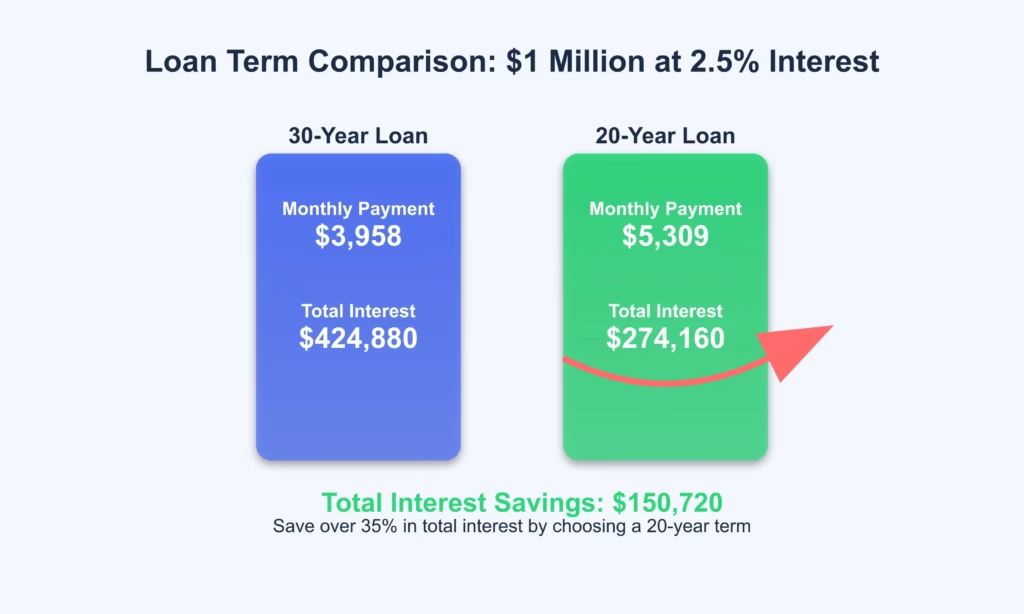
3 Ways to Reduce Your Mortgage Interest
Owning a home in Singapore is a dream worth celebrating—but the interest on your mortgage? Not so much. With rates that can shift and climb, finding ways to cut those costs can save you thousands and get you closer to owning your home outright. The good news? You don’t have to be a financial wizard to make it happen. In this guide, we’ll walk you through three actionable strategies to reduce your mortgage interest, starting with the simplest: locking in a lower rate. From there, we’ll explore smart loan management tricks that trim your interest over time—putting more money back in your pocket (or CPF) and less in the bank’s. Ready to take charge of your mortgage? Let’s dive in.
Table of Contents
Toggle1) Refinancing or Repricing to a Lower Interest Rate
One of the most effective ways to reduce your mortgage interest is by getting a lower rate through refinancing or repricing. Refinancing involves switching to a different bank that offers better rates. Repricing means negotiating with your current bank to lower your interest rate without changing lenders. Both methods can save you money, but refinancing usually gives you more choices.
Let’s say a borrower’s lock-in period has ended. They’re paying a 4% floating rate on a $1 million loan with 30 years left. They decide whether to stay on this rate for the next two years or refinance to a 2-year fixed rate at 2.4%. Here’s how the numbers compare.
Here's what happens if they stick with the 4% floating rate over two years:
| Year | Monthly Installment | Yearly Interest Paid | Yearly Principal Paid | Outstanding Balance |
|---|---|---|---|---|
| 1 | $4,774.15 | $39,679.47 | $17,609.33 | $982,390.67 |
| 2 | $4,774.15 | $38,962.00 | $18,326.80 | $964,061.87 |
| Total interest over 2 years: | $78,641.47 | |||
Now, if they refinance to a 2.4% fixed rate for two years:
| Year | Monthly Installment | Yearly Interest Paid | Yearly Principal Paid | Outstanding Balance |
|---|---|---|---|---|
| 1 | $3,899.41 | $23,747.60 | $23,045.32 | $976,954.68 |
| 2 | $3,899.41 | $23,188.38 | $23,604.54 | $953,350.14 |
| Total interest over 2 years: | $46,935.98 | |||
Interest savings over 2 years: $31,705.49
($78,641.47 - $46,935.98)
Where do these savings come from, and how do they benefit you? Each monthly payment is comprised of two parts: interest, which is the bank’s earnings, and principal, which reduces your loan balance. The monthly installment is calculated as the sum of the total annual interest and principal, divided by 12 months.
Breaking it down further:
- Faster Loan Paydown: After two years, your outstanding loan is $964,061.87 at 4%, but $953,350.14 at 2.4%—a $10,711.73 difference. Lower interest helps you reduce your loan faster.
- More Cash in Hand: Your monthly installment drops by $874.74. Over 24 months, that’s $20,993.76 extra in your pocket (or CPF).
- Total Benefit: $10,711.73 (extra principal paid) + $20,993.76 (cash saved) = $31,705.49, which equals the interest saved.
In short, a lower rate means the bank earns less, your loan shrinks quicker, and you keep more cash or CPF each month, directly tying into both savings and cash flow.
2) Making Partial Repayments
Another way to reduce your mortgage interest is by making partial repayments—paying a lump sum toward your loan using cash or CPF. This reduces your principal, which means the bank charges you less interest moving forward.
Take a $1 million loan over 30 years at 2.5% fixed for the first two years. Without any partial repayment, you’d pay $48,909 in interest over two years. Now, say you make a $100,000 partial repayment at the start of year 2. With the principal lowered, your total interest over two years drops to $46,436—a saving of $2,473.
This benefit is straightforward: a smaller loan balance means less interest paid. But there’s a trade-off. If you use cash, that $100,000 could’ve been invested elsewhere for potentially better returns. If you use CPF, you miss out on the 2.5% compounded interest from the Ordinary Account (worth about $2,500 yearly on $100,000), and you’ll also have to refund it with interest when you sell your home. So, it’s a balance between immediate savings and long-term returns—make sure to align with your financial priorities.
3) Reducing Loan Tenure
The third way to trim your mortgage interest is by shortening your loan tenure—the number of years you take to pay back the loan, interest included. When you refinance or reprice, you get a choice: stick with your current timeline, shorten it to as little as 5 years, or stretch it out (up to age 75, though banks have rules based on your age and when you bought the property). Shortening the tenure won’t always drop the interest rate the bank quotes you, but it cuts the total interest you pay by shrinking the repayment period.
Let’s look at that $1 million loan again, set at 2.5% over 30 years. Your monthly installment is $3,958, and over two years, you’d pay $48,909 in interest. Now, if you cut the tenure to 20 years, the payment jumps to $5,309—that’s $1,351 more each month. But here’s the payoff: over those two years, the interest drops to $48,153, saving you $756 compared to the 30-year plan. How? With a shorter term, more of your payment tackles the principal instead of feeding interest, so the loan balance shrinks faster.
There’s a flip side, though. That higher $5,309 monthly bill could squeeze your budget, and it might complicate passing the Total Debt Servicing Ratio (TDSR), which limits your debt to 55% of your income. Plus, some might say, “Why tie up an extra $1,351 a month when I could invest it and maybe beat that $756 savings over two years?” It depends on what you can handle. Shorter tenures work if you’ve got the cash flow and want to chip away at interest long-term, but you’ve got to be comfortable with the bigger payments.

Conclusion:
Navigating mortgage interest can feel daunting, but with the right strategies, you can significantly reduce the amount you pay, helping you become mortgage-free sooner. By refinancing to a lower interest rate, making partial repayments, or reducing your loan tenure, you can save money on interest and reduce your loan balance faster. Each approach comes with its considerations, so it’s essential to align them with your financial situation and long-term goals.
Ready to take control of your mortgage? Contact us at The Loan Connection for personalized advice tailored to your unique financial needs.
Disclaimer:
The information provided in this blog is for general informational purposes only and does not constitute financial advice. While The Loan Connection (TLC) strives to ensure accuracy, we make no guarantees as to the completeness, reliability, or timeliness of the information. Readers are encouraged to verify details independently and consult qualified professionals before making any financial decisions. TLC is not liable for any losses or damages arising from reliance on the content herein.

